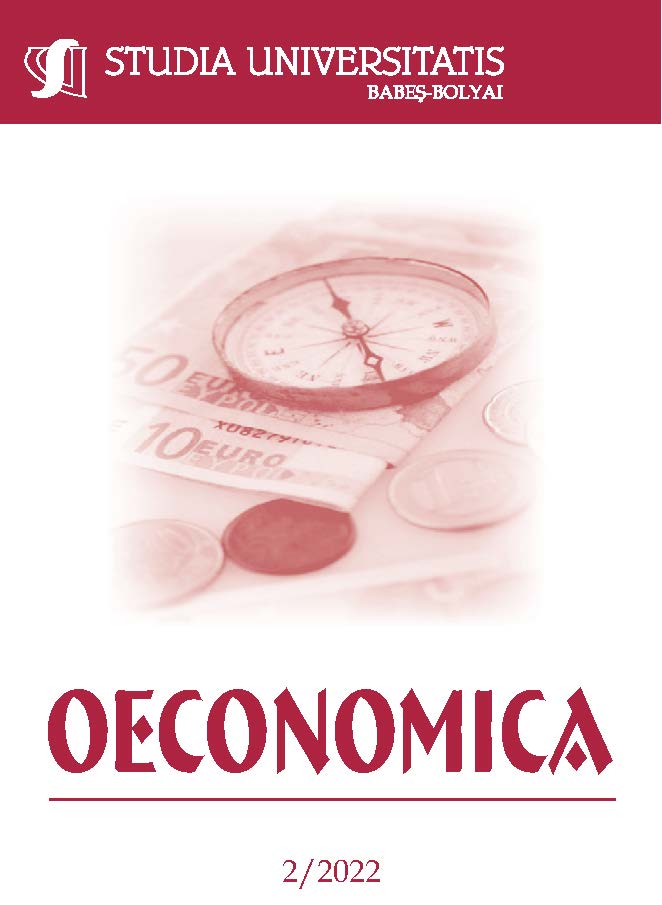AN EMPIRICAL ANALYSIS OF THE RELATIONSHIP BETWEEN CAPITAL, MARKET RISKS, AND LIQUIDITY SHOCKS IN THE BANKING INDUSTRY
AN EMPIRICAL ANALYSIS OF THE RELATIONSHIP BETWEEN CAPITAL, MARKET RISKS, AND LIQUIDITY SHOCKS IN THE BANKING INDUSTRY
Author(s): Ravinder Rena, Albert V. KamuinjoSubject(s): Economic development, Financial Markets
Published by: Studia Universitatis Babes-Bolyai
Keywords: capital; market risks; liquidity shocks; banking industry; financial stability;
Summary/Abstract: This study explores the relation between capital, market risks and banks’ liquidity conditions. In estimating the SVAR regression model, Granger causality, impulse-response functions and forecast error variance decomposition were employed and used for estimation of the results. The data sample comprised of commercial banks over the 2009 to 2018 period. The empirical results showed that liquidity shocks are caused by a combination of structural shocks. The Granger causality, impulse-response functions and forecast error variance decomposition documented that sensitivity to market risk is the key factor affecting liquidity conditions in the banking sector in the long run. In addition, the empirical results showed that capital adequacy has minimal impact on liquidity conditions in the short run. The reforming rate to sensitivity to market risk policies, capital adequacy policies and liquidity policy measures can be valuable policy tools to minimize liquidity shortages and avoid insolvent banks.
Journal: Studia Universitatis Babes Bolyai - Oeconomica
- Issue Year: 67/2022
- Issue No: 2
- Page Range: 67-83
- Page Count: 17
- Language: English

